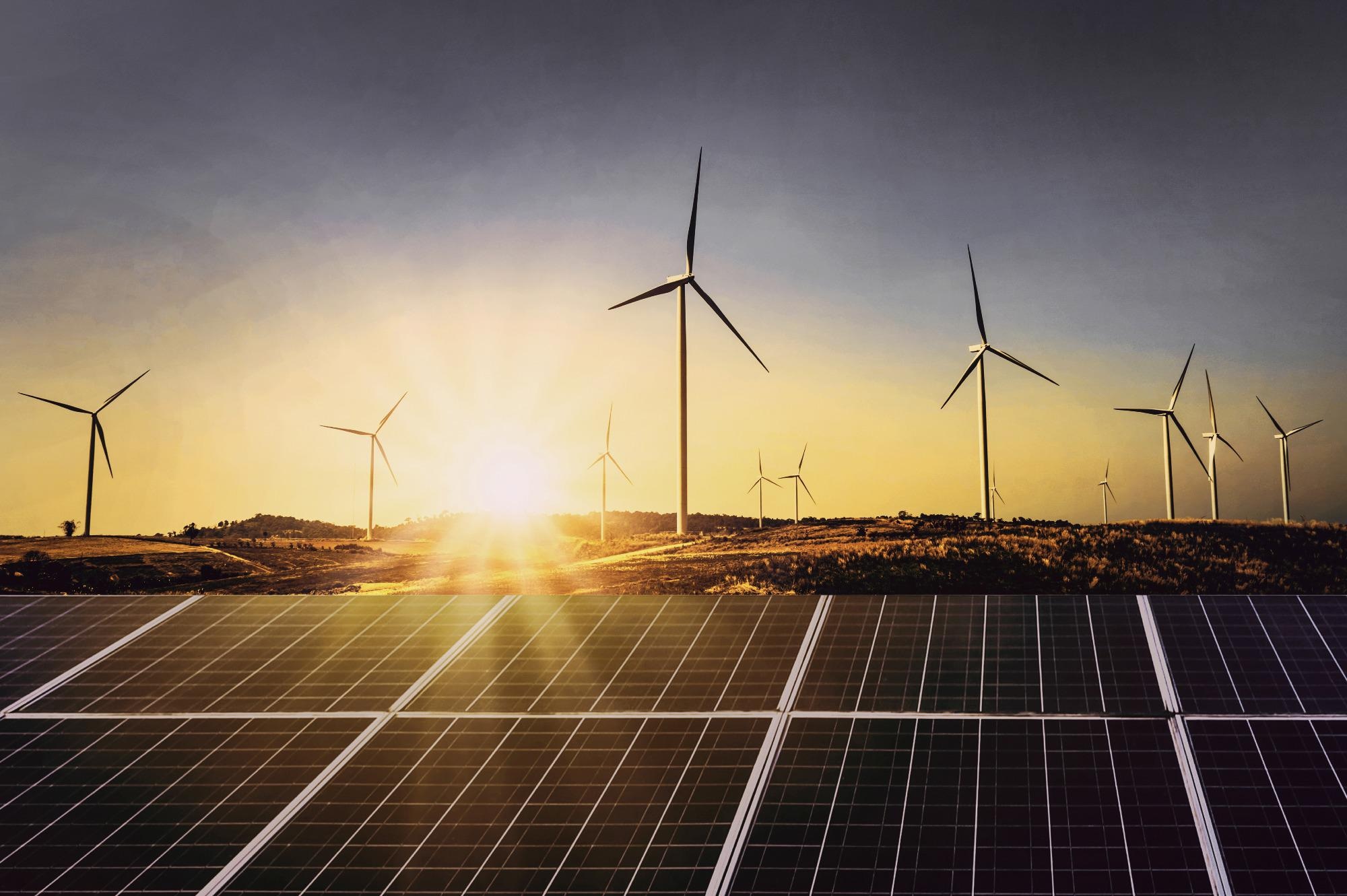According to an investigation carried out by scientists at the U.S. Department of Energy’s (DOE’s) National Renewable Energy Laboratory (NREL), integrating energy efficiency measures can decrease the amount of storage required to completely power the country’s buildings with renewable energy.

Image Credit: Shutterstock.com/ lovelyday12
As more communities transition to depending on 100% renewable energy, the scientists provide a strategy that could direct their paths — one that moves away from long-duration storage.
Minimizing long-duration storage is a key element in trying to achieve the target cost-effectively.
Sammy Houssainy, Scientist and Study Co-Author, NREL
Sammy Houssainy co-authored with William Livingood on a research paper that describes a method to 100% renewables. The research paper titled, “Optimal Strategies for a Cost-Effective and Reliable 100% Renewable Electrical Grid,” has been published in the Journal of Renewable and Sustainable Energy.
The scientists looked at wind and solar as the source of renewable energy, because most plans for realizing the 100% target take those into consideration. They also made use of the DOE’s EnergyPlus and OpenStudio building energy modeling tools to mimic energy demand, bearing factors such as building age, size and occupancy type in mind.
Data from the U.S. Energy Information Administration informed the researchers about the current building stock features and energy load used by the buildings.
Moreover, the scientists divided the country into five climate zones, spanning from the hot and humid (Tampa, Florida) to the very cold (International Falls, Minnesota). The other zones included the cities of El Paso, New York and Denver. Being aware of the extremes of cooling and heating demands in each zone, the scientists were able to choose the right blend of renewable power sources to reduce any necessary storage.
While different definitions are present in the literature, for the purpose of this research, the scientists define long-duration storage as energy storage systems that match electricity demands for over 48-hour periods. Long-duration energy storage is thus able to provide power days or even months after the electricity was initially generated.
However, the majority of long-duration storage technologies are either undeveloped or not available everywhere. The two NREL scientists computed that realizing the last 75% to 100% of renewable energy would result in major increases in costs related to long-duration energy storage.
Rather than concentrating on storage, the scientists highlighted the optimal blend of renewable resources, investments in energy efficiency and oversized generation capacities.
The scientists found that numerous pathways are present to attain 100% renewable and, as the performance of technologies and costs change, new pathways will come up, but they discovered a key pathway that is realizable at present.
They also established that oversizing renewable capacities by a factor of 1.4 to 3.2 and targeting 52% to 68% in energy savings via building energy-efficiency actions lead to cost-optimal paths subject to the region of the country.
Houssainy said making offices and homes more energy efficient decreases the amounts of renewable resources required, reduces the amount of storage and minimizes transmission costs, eventually supporting the execution of a carbon-free energy system.
What's included in the paper is really a multistep process to follow. That process is applicable to large cities, as well small cities. Now, the end result will change, city to city, as this multistep process is followed to cost-optimally achieve the target.
William Livingood, Scientist and Study Co-Author, NREL
For example, Tampa would produce its total electricity from solar panels, while International Falls would collect 100% from wind turbines, the scientists computed, so as to have the least dependence on storage.
It is not intended to replace the need for site-specific, detailed engineering design and planning processes for buildings, electric grid, and energy infrastructure.
William Livingood, Scientist and Study Co-Author, NREL
“But we believe that our novel calculation methodology yields overarching concepts and conclusions that are broadly relevant and applicable. For cost-effectively achieving 100% renewable scenarios, our newly developed calculation methodology provides general principles that help guide these detailed engineering design and planning processes,” Livingood added.
DOE’s Building Technologies Office financed the research, under the advisement of Andrew Burr (previously DOE).
NREL is the U.S. Department of Energy's key national laboratory for renewable energy and energy efficiency research and development. NREL is run by the Alliance for Sustainable Energy LLC for DOE.
Journal Reference:
Houssainya, S & Livingood, W (2021) Optimal Strategies for a Cost-Effective and Reliable 100% Renewable Electrical Grid. Journal of Renewable and Sustainable Energy. doi.org/10.1063/5.0064570.